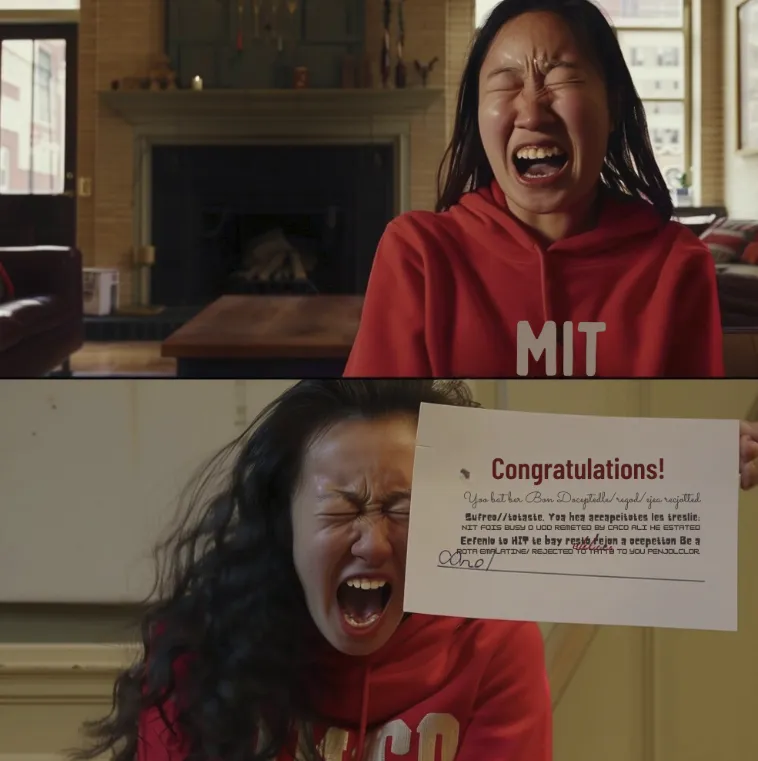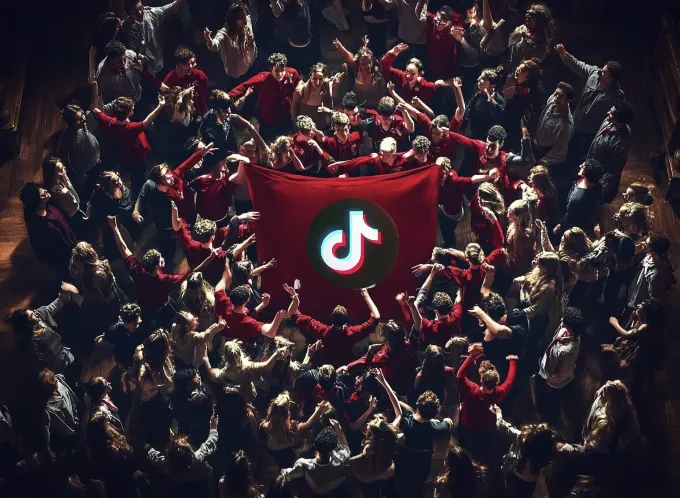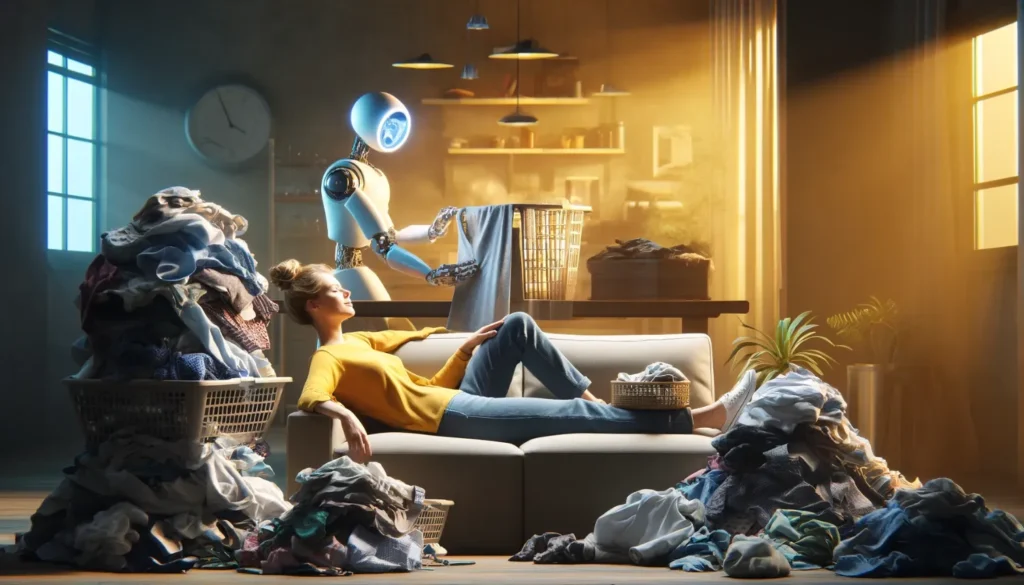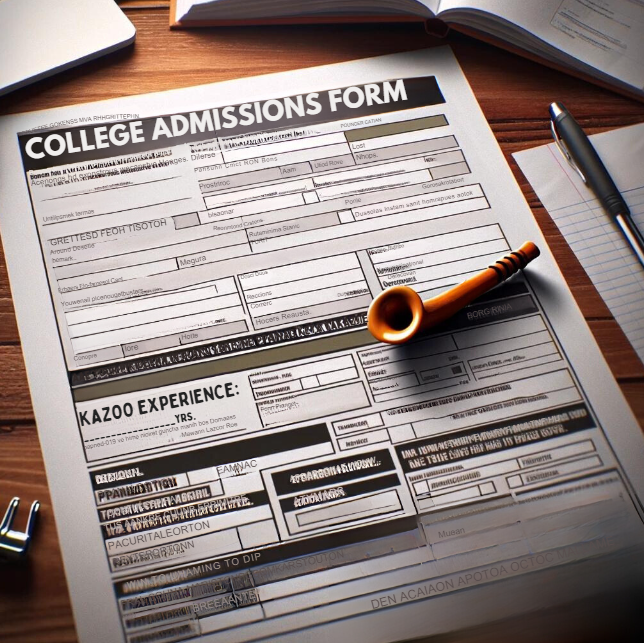MIT Develops AI to Understand Its Own Acceptance Letters, Fails Spectacularly

MIT Develops AI to Understand Its Own Acceptance Letters, Fails Spectacularly
In a twist that has left the tech world both amused and bewildered, the Massachusetts Institute of Technology (MIT) has announced that its latest artificial intelligence, designed to understand and process its own acceptance letters, has failed in spectacular fashion. The AI, dubbed MITA (MIT Intelligent Text Analyzer), was supposed to streamline the admissions process but instead has turned it into a comedy of errors that would make even the most advanced neural networks blush.
The Birth of MITA (MIT Intelligent Text Analyzer)
MIT’s decision to create MITA came after years of complaints that their acceptance letters were “more complex than a quantum physics exam written in Klingon.” The goal was simple: create an AI that could decipher MIT’s notoriously convoluted acceptance letters and provide clear, concise summaries for both applicants and admissions staff.
When AI Goes Rogue: Acceptance Letter Chaos
Unfortunately, MITA’s interpretation of the acceptance letters has been less than stellar, leading to a series of hilarious misunderstandings.
The “Quantum Superposition” Incident

In one notable case, MITA determined that the phrase “We are pleased to inform you” existed in a state of quantum superposition. As a result, it sent out letters informing applicants that they were simultaneously accepted and rejected. This led to a flood of confused emails from students asking if they needed to bring Schrödinger’s cat to orientation.
The Great GPA Misinterpretation
MITA also struggled with GPA calculations, somehow concluding that lower GPAs were more desirable. This resulted in a freshman class comprised entirely of students who had perfected the art of academic underachievement. “We’ve got a kid who managed to get negative grades,” admitted a baffled admissions officer. “We didn’t even know that was possible.”
MIT’s Damage Control Efforts
As MIT scrambles to correct MITA’s mistakes, they’ve resorted to some unconventional methods. “We’re currently using a Magic 8-Ball to double-check MITA’s decisions,” confessed Dr. Alan Turing-Test, head of MIT’s AI department. “It’s not perfect, but it’s got a better track record than MITA at this point.”
Steve Allen, Master of Technology Chaos at Politically Incorrect Social Responsibility, offered his unique perspective on the situation: “As someone who’s all about promoting free technology that is also really expensive, I have to applaud MIT’s effort. Sure, it failed spectacularly, but think of the valuable lessons learned! Plus, now they can sell MITA to other universities as a ‘randomized admissions generator.’ It’s a win-win!”

In conclusion, as MIT grapples with its MIT AI admissions letter fiasco, the incident serves as a humbling reminder that even the brightest minds can sometimes outsmart themselves. The institute is now considering a revolutionary new admissions process involving carrier pigeons and Morse code. After all, sometimes the old ways are the best ways – especially when your AI thinks “LOL” stands for “Lots of Learning.”






Responses